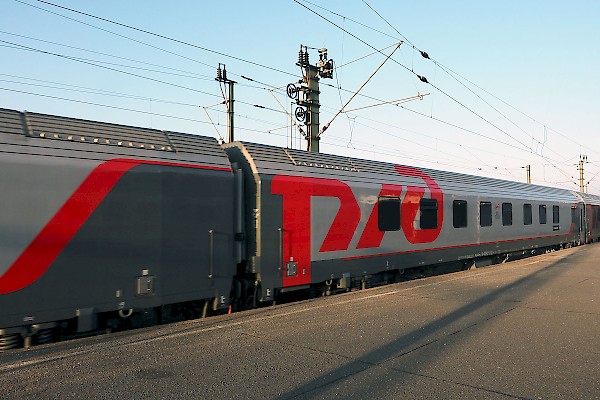Supplement-free to Switzerland
Here’s an interesting thought. Already this year we have had a number of readers of our Europe by Rail book comment on the hefty supplements that some railway operators charge to holders of Eurail and InterRail passes. Some countries are commendably free of such supplements: Britain, Ireland, Denmark, Germany and Switzerland all score top marks in that respect.
But even on itineraries through countries where fast trains require advance seat reservations, it is often possible to devise a creative journey plan that sidesteps the trains on which you might have to pay a pass holder’s supplement or splash out for a compulsory seat reservation. And what’s more, those alternative routes, using slower trains along secondary rail routes, often afford a far better view of the country than you would ever secure from a high-speed service.
From Paris to Switzerland
One reader contacted us this week. “I went from Paris to Neuchâtel one evening last month on a TGV Lyria service,” she wrote. “The speed was impressive, but it was just too fast to take in much of the scenery. And I paid a large supplement for the privilege. I had time, would gladly have left Paris earlier in the day and would not have minded going a little slower. Was there an alternative?”
The answer is of course ‘yes’. There are plenty of alternatives. There is a wealth of slow train options for travellers heading from France to Switzerland. This past March, we did just that, taking slow trains through the Jura – that’s the name of the beautiful mountain range that marks the French-Swiss border north of Lake Geneva. All you need is a good map and a decent timetable. Thomas Cook Publishing produces the excellent Rail Map of Europe and the company’s monthly European Rail Timetable (ERT) is a travel essential.
Taking the slow train
The key route in our ‘slow’ itinerary from Paris to Neuchâtel is the sublimely beautiful cross-border run from Besançon (France) to La-Chaux-de-Fonds (Switzerland). It has just three trains a day, shown in Table 376a in the ERT. Using that link over the frontier, we travelled from Paris to Neuchâtel with three changes of train along the way (at Dijon, Besançon and La-Chaux-de-Fonds).
The entire journey took nine hours, but that included a stop for coffee in Dijon and later almost two hours in Besançon – plenty of time for a leisurely lunch in Besançon’s beautiful town centre that is defined by a great loop on the River Doubs.
Nine hours from Paris to Neuchâtel with a decent lunch and a feast of scenery along the way. And holders of Eurail and InterRail passes using this route needn’t pay a cent in supplements. You can follow the whole route in the following tables in the Thomas Cook European Rail Timetable:
| Paris to Dijon | ERT 371 | (generally every two hours) |
| Dijon to Besançon | ERT 374 | (hourly) |
| Besançon to La-Chaux-de-Fonds | ERT 376a | (thrice daily) |
| La-Chaux-de-Fonds to Neuchâtel | ERT 512 | (every half hour) |
We are minded to include this route in a future edition of Europe by Rail. Yes, it takes time, but we think it is a good deal more fun than the four-hour journey on a TGV direct from Paris to Neuchâtel.





About The Authors
Nicky Gardner and Susanne Kries
Nicky and Susanne manage hidden europe, a Berlin-based editorial bureau that supplies text and images to media across Europe. From 2005 to 2023, they were the editors of hidden europe magazine. Nicky and Susanne are dedicated slow travellers and the authors of the book Europe by Rail: The Definitive Guide. The 18th edition of that book was published in October 2024. You'll find a list of outlets that sell the book on this website. Susanne and Nicky also provide consultancy to the rail industry on fares, routes and ticketing. Between them, they know a thing or two about rail APIs.